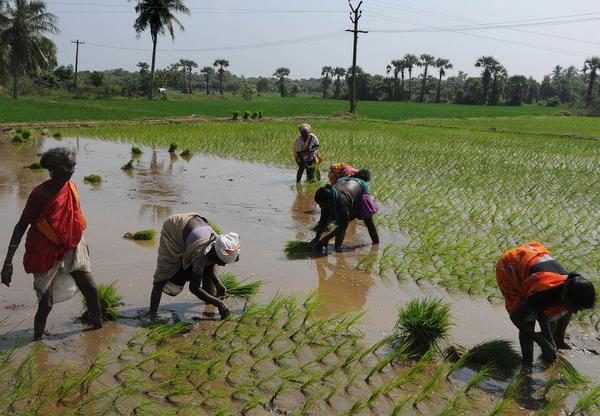The farm loan waivers, announced recently by several states is likely to impact the state’s Capex Spending. This will impact the overall Economic growth of the country as the state Government Capex is a major driver of investment growth in the Indian economy, estimated credit rating and research Agency India Ratings (Ind-Ra).
“India Ratings and Research (Ind-Ra) believes that the farm loan waivers that have been announced by a number of states recently will adversely impact the combined state government capex spending. State government capex is major driver of investment growth in the Indian economy, and historically, it has been higher than capex undertaken by the central government. It is budgeted to be higher by 37.5% for FY19 and was 36.6% higher as per FY18RE” Ind-Ra said in a report.
Contrary to popular belief, a significant part of the additional revenue awarded to the states by the 14th Finance Commission was spent on capex. As a result, the combined capex of state governments increased to 3.1% of GDP in FY16 from 2.4% in FY15. During the same period, the central government’s capex increased to 1.8% of GDP from 1.6% of GDP. In the subsequent years, the combined state government capex has remained at 3.0% of GDP or higher. Further, it grew at 17.8% CAGR during FY01-FY17BE, while the central government’s capex rose by 14.6% CAGR.
However, during periods of fiscal adjustment, like the one that is bound to arise due to farm loan waivers, capex becomes a soft target for deficit control. This has already been witnessed in the case of Maharashtra, Rajasthan and Karnataka, which had announced farm debt waivers outside the budget in FY18. Despite revenue receipt surpassing the budgeted amount, these states could not keep the revenue deficit at the budgeted level, as the farm loan waivers led to a rise in revenue expenditure. Rajasthan and Karnataka reduced their capex by 12.0% and 2.5%, respectively, to offset the increased revenue expenditure, but these states still failed to keep fiscal deficit at the budgeted level. Meanwhile, in the case of Maharashtra, capex saw a contraction despite fiscal deficit/GSDP being lower than the budgeted figure.
From the perspective of both capex and endowment of human resources, which are crucial for achieving sustainable growth, the role played by state governments is more crucial than generally perceived. Therefore, Ind-Ra believes policy makers as well as companies should focus more on the state governments’ budgets than the central government one.
The capex spend in the budget is divided between developmental and non-developmental items. With the exception of FY08, the share of states’ developmental capex during FY01-FY17BE in the total capex of the centre and states was in excess of 70%. It peaked at 81.6% in FY09 and stood at an average of 75.7% during FY01-FY17BE. The aggregate capex of states is dominated by six heads: (i) public health, sanitation and water supply, (ii) urban development, (iii) agriculture & allied services, (iv) power sector, (v) major and medium irrigation and flood control, and (vi) roads and bridges. On an average, during FY01-FY17 (budgeted estimate (BE)), these six heads accounted for 63.24% of the states’ aggregate capex.

